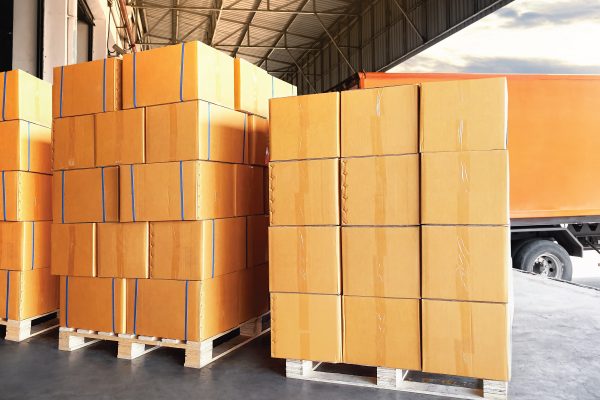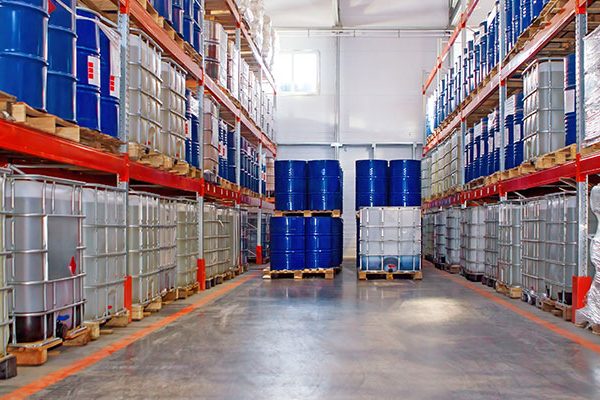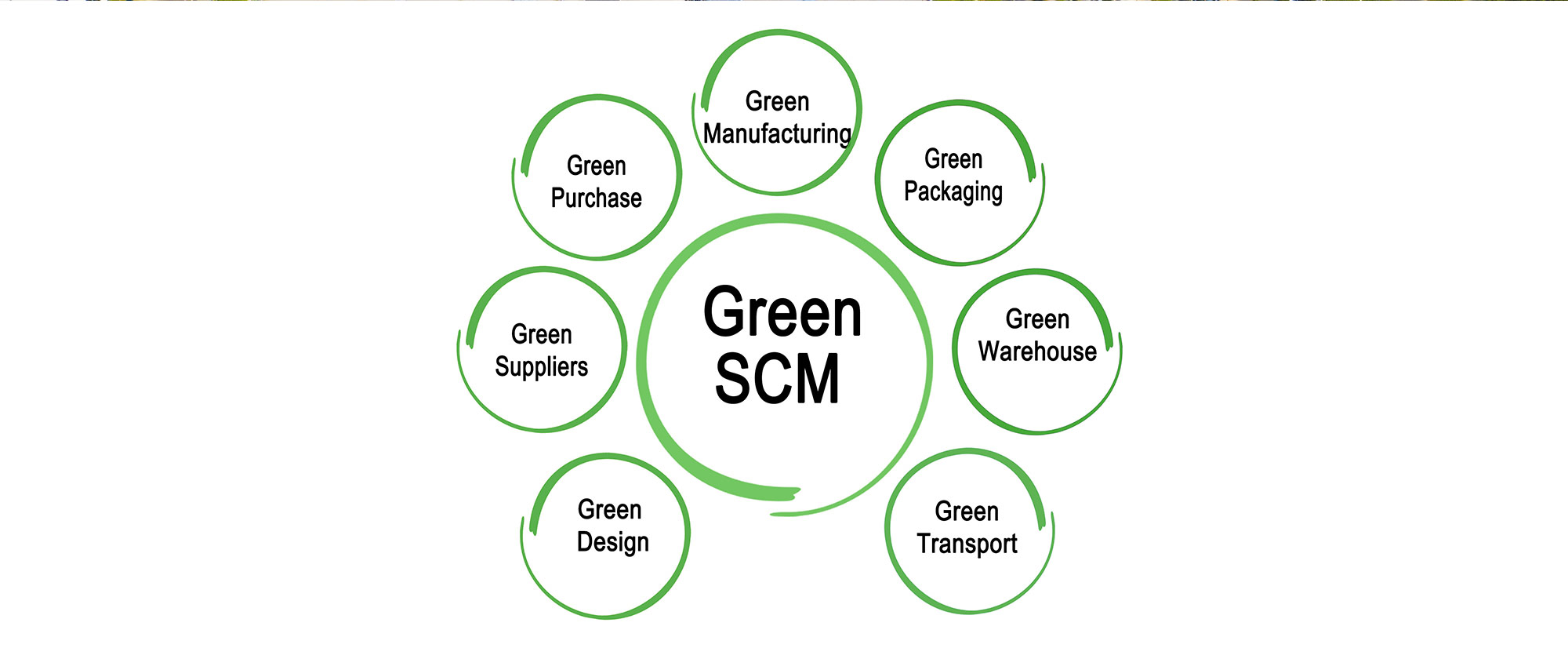Right from choosing the raw material supplier to making sure that even the delivery man is not using fossil fuel for his vehicle, there are lots of factors a firm has to take into consideration while trying to keep its supply chain green.
In times of increasing pollution, businesses are looking to fix the faults in their supply chain management to reduce harm to the environment. Since the logistics sector is about saving miniscule percentages, supply chain management is a crucial part of the entire process and making it green presents a tremendous upside for the planet and for the pocket.
The sustainable supply chain concept aims to mitigate threats to the environment and control air, water and waste pollution by introducing sustainable practices in business operations. Though the main point behind going green is to enhance environmental sustainability, companies also go for greener solutions with an aim of ‘killing two birds with one stone.’ There are many positive outcomes of the green supply chain apart from reducing environmental pollution. Reduction in production costs, economic growth, competitive advantage in terms of greater customer satisfaction, positive image and reputation and a green portfolio for the products so that they can be exported to pro-environmental countries are some key advantages that sustainable supply chain management brings with it.
Like David Kiger, the founder of Worldwide Express, says in one of his blogs, “Consumers become every day more aware of green issues, pollution, global warming and the impact of non-environmental production in nature. In consequence, they will want to know more about the goods and services they pay for, and companies should answer those questions in terms of the green supply chain management processes of it.” The focus on green supply chain management is increasing and consumers are also keeping an eye on the environmental impact of the products they buy or use.
Supply chain management impacts almost every stage of any business and it involves a great number of human resources as well as different vendors/departments/teams. The more is the number of people in the process, the greater is the possibility of lapses. This very reason makes supply chain management a process to be supervised very closely and fixing the practices that affect the environment at their source is the best way to initiate the transition to sustainable supply chain management.
Right from choosing the raw material supplier to making sure that even the delivery man is not using fossil fuel for his vehicle, there are lots of factors a firm has to take into consideration while trying to keep its supply chain green. A supply chain manager has to consider points like supplier selection, product selection, manufacturing unit, packaging, warehousing, and transportation of the product in order to achieve a 100% green supply chain.
The way customers choose companies on the basis of their environmental sustainability credentials, even companies choose business partners in a manner that ensures they get their due ‘green input credit’ and the overall product becomes something which has been through a green process.
In today’s world of the e-commerce boom, the major focus of green supply chain management is on warehousing and reverse logistics. As people order clothes and shoes online, e-tailers are giving options of different and attractive return policies for better and faster user acquisition. This process increases the amount of packaging material required for a company’s inventory by at least 1.5 times. This is the very stage where there is a tremendous pressure on supply chain managers to turn this into a greener option.
Reverse logistics makes sure that if the product is damaged or not in a usable condition, it still doesn’t end up in a landfill and increase the company’s carbon footprint.
According to a report, the warehousing sector in India witnessed a demand of 32 million sq. ft. in 2018, which outstripped supply of 31 million sq. ft., for the first time since 2014. The booming industry poses many hurdles that any green technology would have to overcome: the initial investment and the operational costs have to be less than the traditional modes of transport. Industry experts say that the initial shift will be slow, and driven by policy and enforcement. Three main aspects for green housing include waste management, energy efficiency and future development of the green warehouse.
‘Reduce, Reuse, Recycle’ is one of the oldest tricks in the book, but in this industry the 3Rs can play a significant role. Primarily, using less packaging cuts down on waste, and efficient packaging also weighs less and costs less to send. Warehouses can also reuse many materials such as corrugated boxes and pallets. Several products can be used several times as packing materials are costly to manufacture. Similarly, recycling paper and cardboard is a huge step in going green. Strategising a plan to make packing more efficient and switching to biodegradable packing materials will bring down waste and decrease the carbon footprint.
About the author:
Kumar Arun is the Assistant Editor at Deccan Chronicle. In his journalistic career spanning over two decades, he has been associated with companies like the Times of India and NewsX in different capacities.















